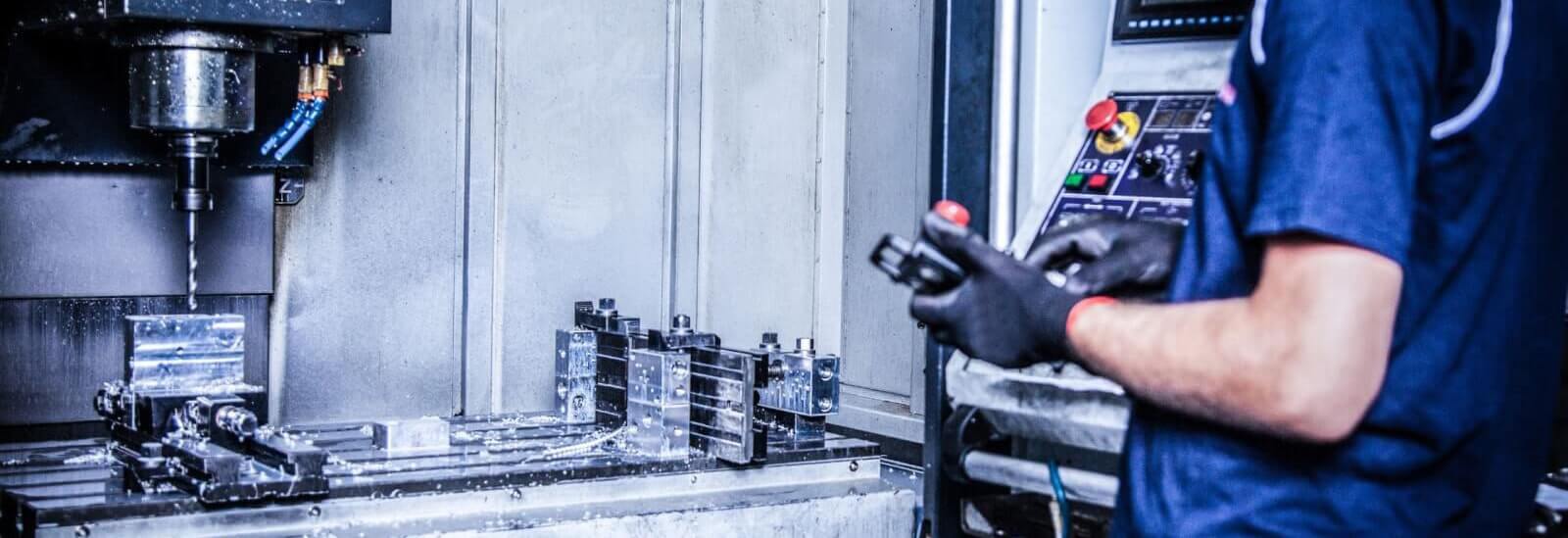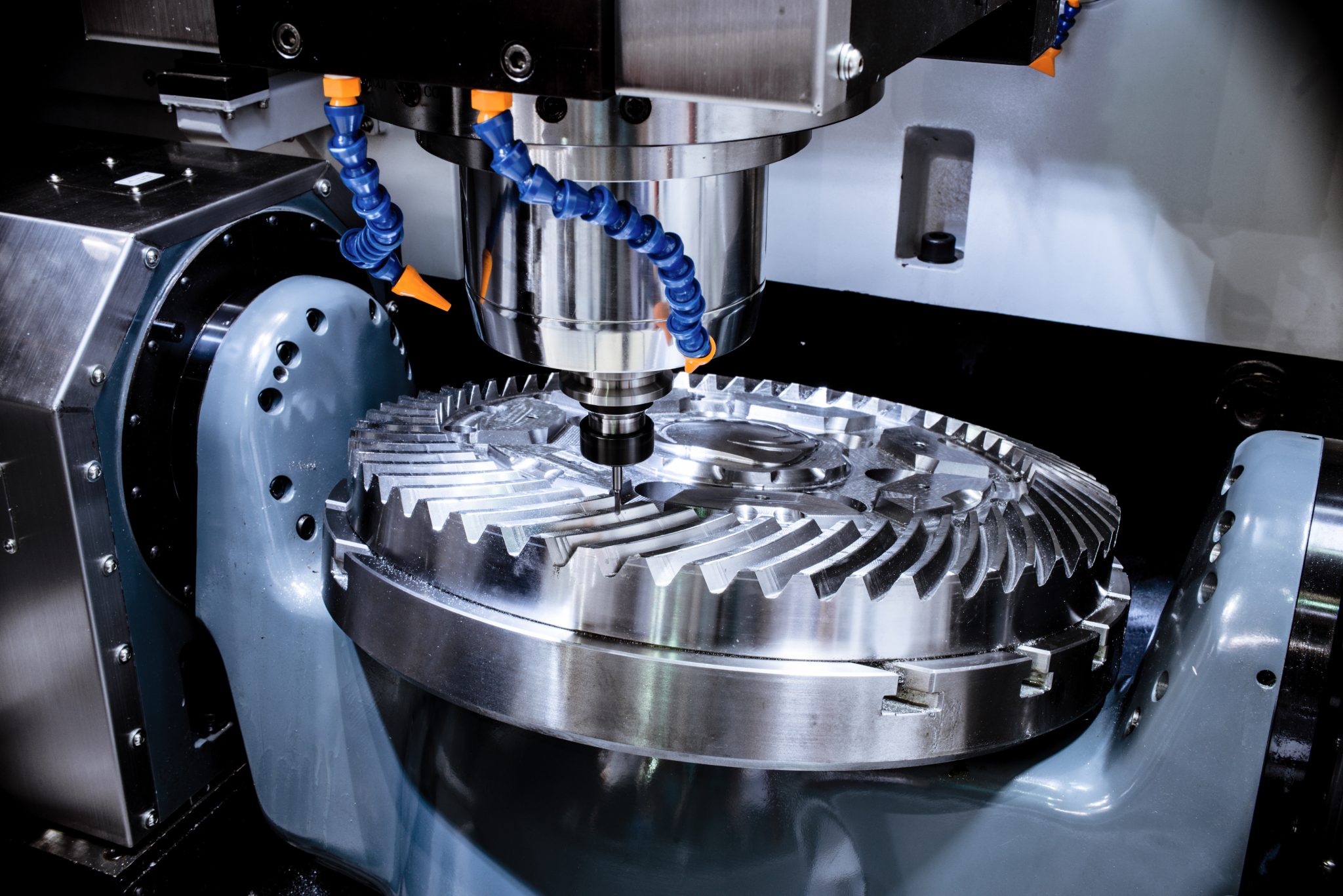Navigating the World of Fasteners and Machining: Strategies for Accuracy and Rate
In the complex realm of fasteners and machining, the mission for accuracy and rate is a perpetual challenge that demands meticulous interest to detail and critical preparation. From comprehending the varied array of fastener kinds to choosing ideal materials that can stand up to rigorous demands, each step in the process plays a crucial role in attaining the desired outcome. Precision machining methods even more raise the complexity of this craft, needing a delicate balance in between technological proficiency and cutting-edge approaches. As we explore the strategies that can boost both rate and effectiveness in this domain name, the interplay in between quality assurance procedures and operational excellence arises as an essential prime focus.
Understanding Fastener Types
When selecting fasteners for a job, recognizing the numerous types readily available is vital for guaranteeing ideal performance and reliability. Screws are made use of with nuts to hold materials with each other, while screws are functional fasteners that can be utilized with or without a nut, depending on the application. Washing machines are important for distributing the lots of the fastener and stopping damages to the product being fastened.
Choosing the Right Products
Understanding the relevance of picking the right materials is vital in making certain the optimal performance and integrity of the selected bolt kinds went over formerly. When it pertains to fasteners and machining applications, the product choice plays a vital duty in determining the overall toughness, durability, rust resistance, and compatibility with the designated atmosphere. Various products use differing homes that can substantially impact the performance of the bolts.
Common materials utilized for fasteners include steel, stainless steel, aluminum, titanium, and brass, each having its unique strengths and weak points. Steel is renowned for its high toughness and durability, making it appropriate for a large variety of applications. Stainless steel provides excellent corrosion resistance, perfect for settings susceptible to moisture and chemicals. Light weight aluminum is light-weight and corrosion-resistant, making it suitable for applications where weight decrease is critical. Brass is commonly chosen for its visual charm and outstanding conductivity. Titanium is understood for its phenomenal strength-to-weight proportion, making it perfect for high-performance applications. Selecting the appropriate product involves taking into consideration aspects such as stamina demands, environmental problems, and budget plan restrictions to guarantee the preferred performance and long life of the fasteners.
Accuracy Machining Techniques

In addition to CNC machining, various other precision strategies like grinding, turning, milling, and boring play vital functions in fastener production. Grinding aids achieve fine surface area finishes and tight dimensional resistances, while transforming is typically made use of to create cylindrical parts with precise diameters. Milling and exploration procedures are vital for forming and creating holes in bolts, guaranteeing they meet specific specs and feature properly.
Enhancing Speed and Effectiveness
To enhance bolt production procedures, it is necessary to streamline procedures and execute reliable techniques that enhance precision machining methods. Automated systems can deal with repetitive jobs with precision and speed, permitting workers to concentrate on more complex and value-added tasks. By incorporating these strategies, suppliers can achieve an equilibrium in between speed and precision, ultimately enhancing their competitive edge in the bolt industry.
Quality Assurance Measures
Carrying out strenuous quality assurance procedures is essential in ensuring the reliability and consistency of bolt items in the manufacturing process. Quality assurance actions encompass different stages, starting from the choice of resources to the last inspection of the completed fasteners. One basic facet of quality assurance is performing complete product examinations to verify compliance with requirements. This entails more evaluating variables such as product stamina, sturdiness, and structure to assure that the fasteners satisfy market requirements. Furthermore, checking the machining processes is crucial to promote dimensional precision and surface area finish quality. Utilizing innovative modern technology, such as automated inspection systems and precision measuring tools, can boost the precision and performance of high quality control procedures.
Regular calibration of tools and equipment is crucial to maintain uniformity in manufacturing and guarantee that bolts meet the required resistances. Implementing strict procedures for recognizing and dealing with issues or non-conformities is vital in stopping substandard items from entering the marketplace. By developing an extensive top quality control structure, producers can maintain the online reputation of their brand and provide bolts that fulfill the greatest criteria of performance and toughness.
Conclusion

In the intricate realm of fasteners and machining, the quest for precision and speed is a continuous obstacle that demands meticulous attention to detail and strategic planning. When it comes to fasteners useful reference and machining applications, the material selection plays an important function in figuring out the total toughness, toughness, deterioration resistance, and compatibility with the desired environment. Precision machining involves various innovative approaches that guarantee the tight tolerances and specifications needed for fasteners.In enhancement to CNC machining, various other precision methods like grinding, turning, milling, and drilling play vital roles in bolt manufacturing.To enhance bolt production processes, it is important to streamline procedures and apply effective techniques that complement accuracy machining methods.
Comments on “Advanced Fasteners and Machining Techniques for Customized Production”